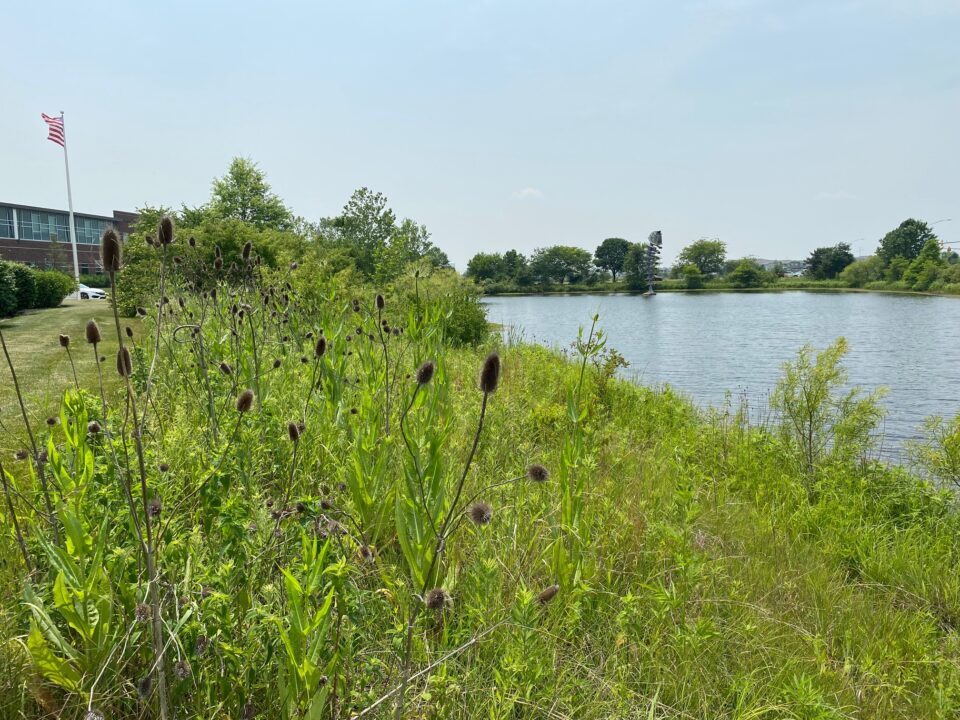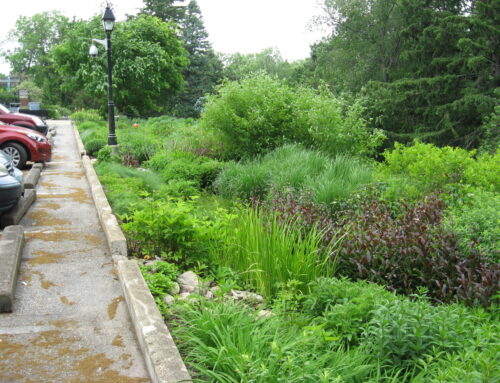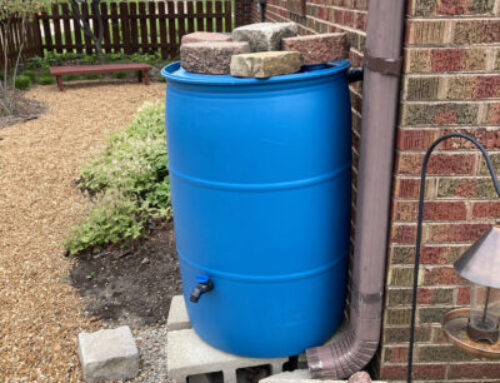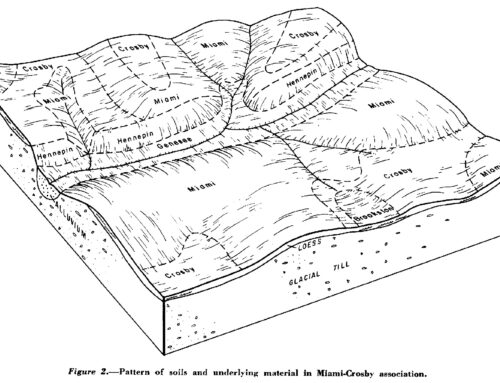Register Now for Our September 7th Pond Management Workshop!
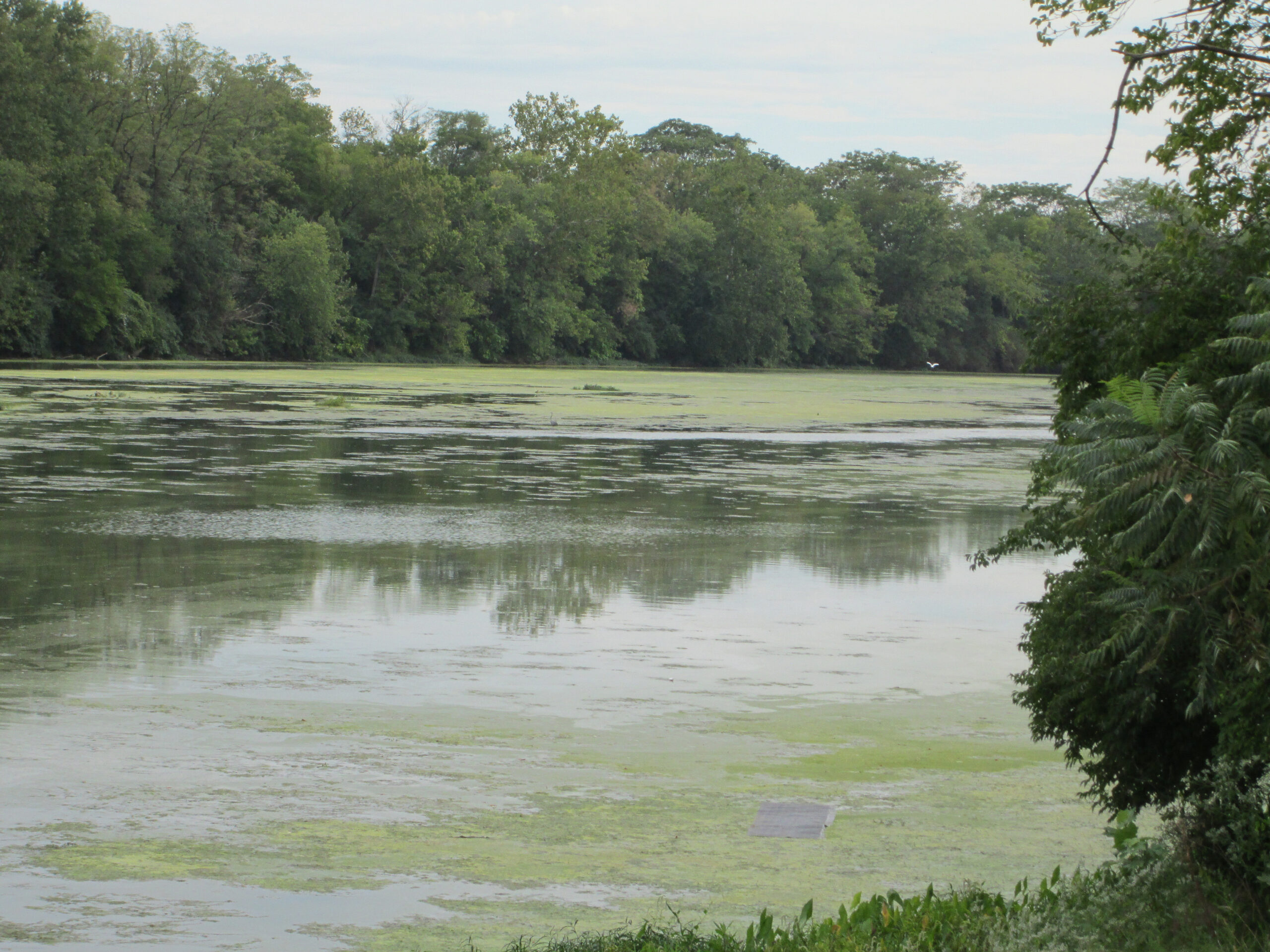
Fairly often in late July and August, we will receive calls from pond owners complaining of their fish dying. Fish kills can be caused by several situations, including diseases and parasites, pollution, and thermal distress during breeding season, but the most common cause, especially this time of year, is oxygen depletion.
Dissolved oxygen is depleted when excessive algae and pond weeds use up the oxygen at night. In the early morning you may notice fish congregating at the surface with bubbles as they try to breathe in oxygen. Oxygen can also become depleted in ponds that are too small and not deep enough (8 feet deep or less). In the warm summer months, ponds can become stratified into layers.
Like most other liquids and gasses, cold water is heavier and denser than warm water. Water has one unique property however, it is most dense and heaviest at 39°F. As water cools and approaches 32° F, its molecules actually expand and form the crystalline structure of ice. Ice floats because it is both lighter and less dense than the warmer 39° F water beneath it. It is this unique property, which makes it possible for aquatic life, including fish to over-winter in streams and rivers, ponds, and lakes.
During summer storms, wind and cool rain can cause some ponds to turn so that the layers mix, bringing the bottom, oxygen devoid water from the bottom to the top. Small, shallow ponds are more likely to experience this, and it can cause a fish kill.
Nothing can completely safeguard your pond from a fish kill, but there are several things you can do.
- Monitor and be proactive in controlling algae and vegetation. At moderate levels, aquatic vegetation is necessary for a healthy pond and fish population. If vegetation covers half of the pond, the oxygen levels can become drastically low. Excessive plant growth must be controlled gradually, as killing off too much at one time can also lead to oxygen depletion. Treat the pond over time in sections and allow at least two weeks between herbicide applications.
- Minimize fertilization of the land within the pond’s watershed to help alleviate excessive phytoplankton.
- As pesticides are highly toxic to fish, eliminate their use near the pond, and do not clean your sprayers in an area that could wash down to the pond.
- Create a wide buffer zone of native plants around your pond to help filter out fertilizers and pollutants.
- Follow recommended fish stocking rates, provide gene diversity, and do not overstock your pond.
- Add aeration if needed. An aerator can be especially beneficial for small, shallow ponds.
Visit our website for more information on streams and ponds: https://marionswcd.org/streams-ponds/
and these YouTube videos on fish kills: https://www.youtube.com/watch?v=m8zRtJQnYes and
https://mdc.mo.gov/fishing/protect-missouri-fishing/fish-kills

